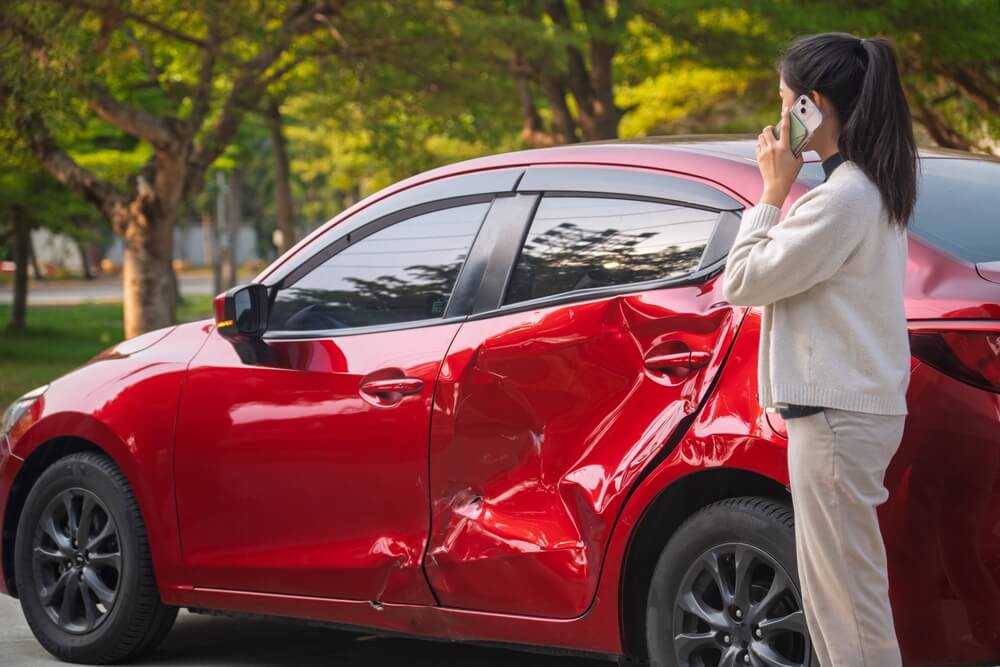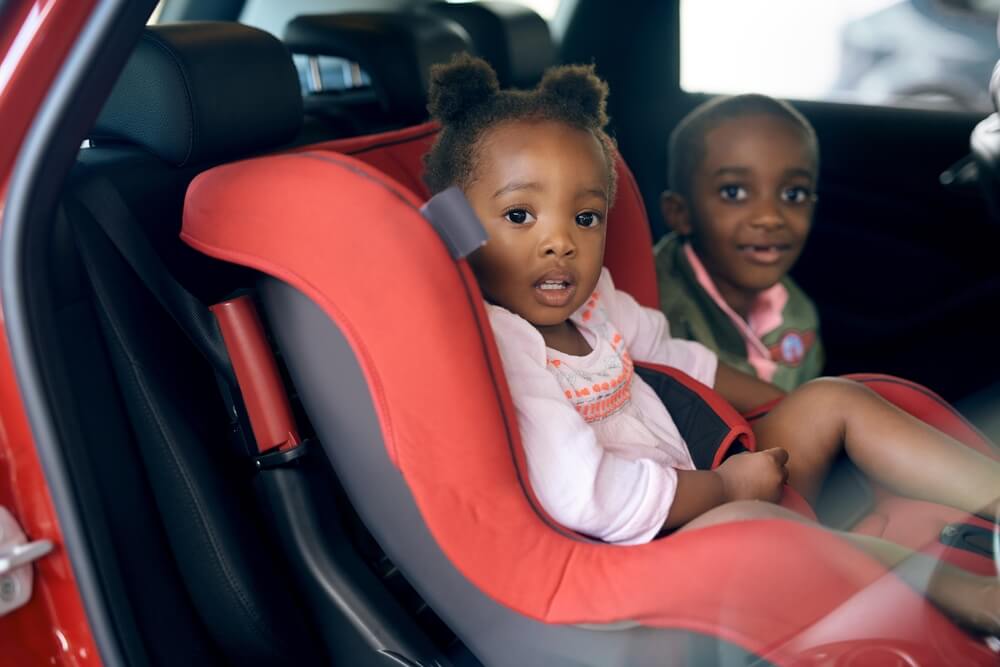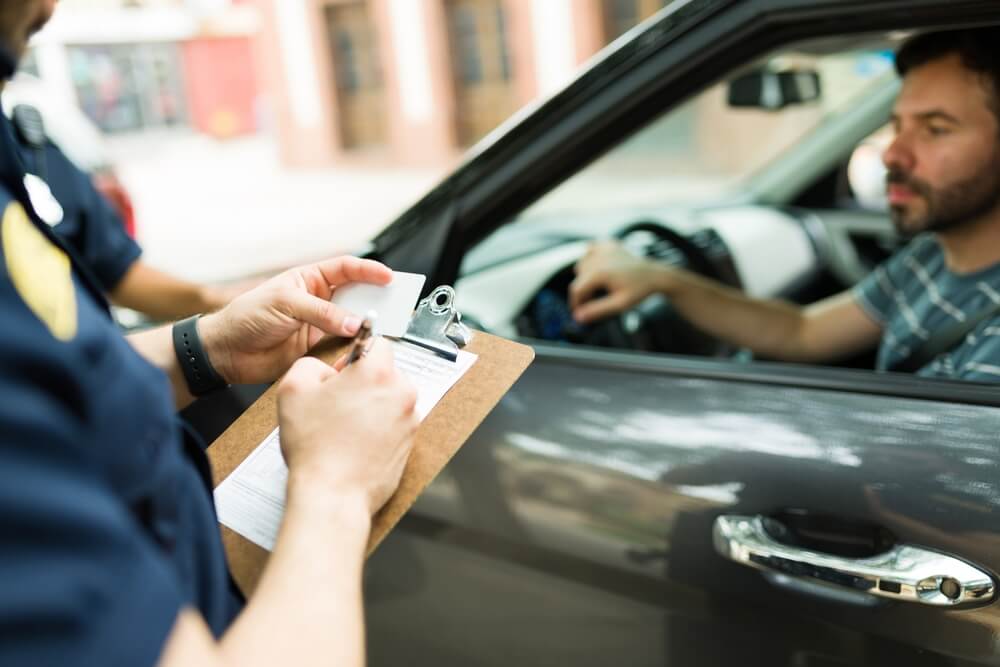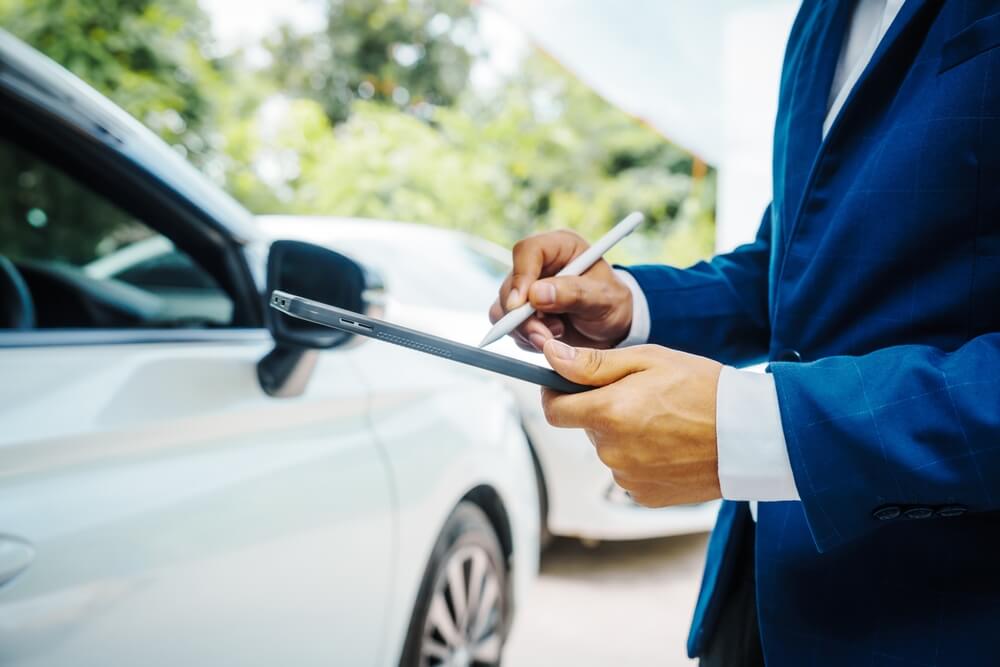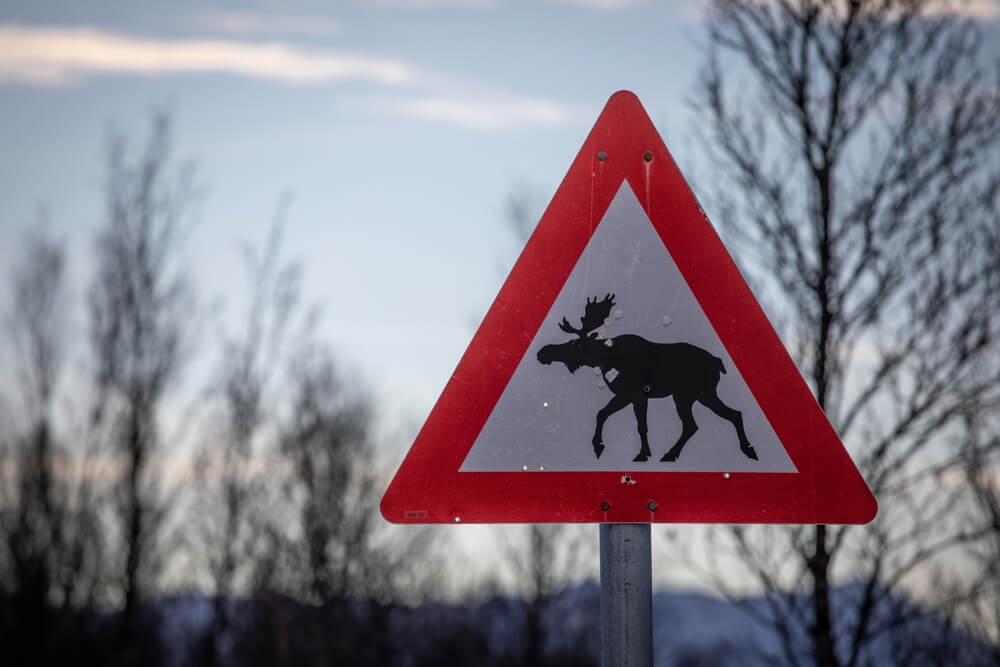
If you are not redirected within 30 seconds, please click here to continue.
Samedi: 10h – 16h HAE

If you are not redirected within 30 seconds, please click here to continue.
If you are not redirected within 30 seconds, please click here to continue.
At-fault accident rules: 10 common accidents and who is at fault
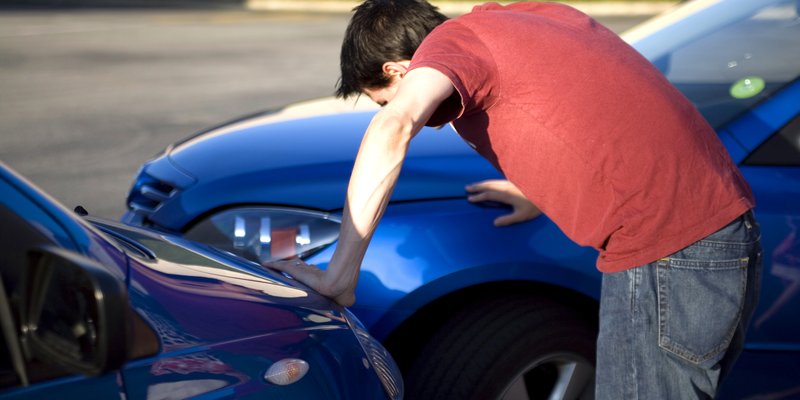
Table of Contents
This article has been updated from a previous version.
When a car accident happens, it’s always someone’s fault. Not only do cars get dinged but so does the cost of car insurance coverage.
At-fault rules determine who’s to blame in an automobile accident, and they vary from province to province. Even though Ontario is a no-fault insurance province, it still has Fault Determination Rules. These rules cover 40 different collision scenarios with clear guidance on how to figure out who caused an accident so that all drivers are treated fairly.
Meanwhile in Alberta, there are discussions about transitioning to a no-fault insurance system to make insurance more affordable, with some strong opposition.
No-fault insurance doesn't mean insurance companies don't investigate and determine who is at fault following a collision; Ontario law requires insurers to assign responsibility to each motorist involved in the accident.
A no-fault insurance system means your insurance provider will process your claim and pay for repairs to your vehicle, regardless of who caused the collision.
No matter what province you live in, someone is usually to blame for an accident, even when bad weather is involved. That’s because drivers make choices, and how they react is what leads to a collision, even if it’s just a minor fender bender.
10 common collisions
In some of the accidents that happen on our roads, highways, parking lots and even driveways, who’s at fault is not always clear cut. Here are 10 common collisions and who is potentially to blame when cars collide:
1.Getting hit by a car coming out of a driveway
If you're driving along a street and your vehicle is suddenly clipped by a car coming out of someone's driveway, they are entirely at fault for the collision because you had no obligation to stop and let them enter the roadway.
2. Getting sideswiped
If you’re hugging the centre line while driving as the driver is going in the other direction, there’s a chance you’ll both be sideswiped. In this instance, you’ll both share the blame because you were both driving too close to the centre line, even if you weren’t over it.
3. Backing up
It’s easier than ever to reverse out of a driveway or parking spot thanks to rear-view cameras, but you still may get hit by another vehicle, and if you are, it’s your fault. You’re responsible for making sure it’s clear to back up, not the other driver.
4. Getting rear-ended in slowing traffic
If you slow down because traffic ahead of you slows down, and the driver behind you rear-ends your car, it’s their fault because they should be aware of what is happening in front of them.
5. Getting rear-ended while stopped at a red light
Similarly, if you stop behind another car at a red light, and the driver behind you doesn’t stop and rear-ends your car, causing you to hit the car in front of you, it’s not your fault. The responsibility was on the driver behind you to come to a full stop at the intersection.
6. Rear-ended while waiting to turn left
If you’ve slowed down to take a left turn, but don’t think you have enough time to beat oncoming traffic, you can stop. If the driver in the car behind you rear-ends you, it’s their fault because they should have slowed down and stopped in case you couldn’t make the turn.
Read more: Right-of-way in Canada: road rules explained
7. Rear-ended while trying to pass another car
If you’re driving behind a slower vehicle you’d like to pass, and a car behind you rear-ends your vehicle, forcing you to hit the back of that slower car ahead of you, both parties share some of the blame. While the driver who rear-ended you is completely at fault, you’re 50% to blame for rear-ending the car in front of you because you weren’t maintaining a safe distance. The only driver not at fault is the slowpoke in front.
8. U-turn collisions
Even with Google Maps and a GPS, it’s possible to go the wrong direction or miss a turn. You think you’re in the clear to do a U-turn because there’s no one behind you and there’s no on-coming traffic. But let’s say you don’t spot the car coming from a side street that doesn’t see you making the U-turn. In this scenario, you’re at fault for this collision. Anyone doing a U-turn who ends up in a collision is 100% at fault.
9. Multi-car pile-ups
You’re driving safely on the highway, sticking to the posted speed limit when suddenly you see everyone around you slamming on the brakes. With almost no time to react, you hit the brakes too but find yourself in a 10-car pileup. Whether you hit one car or or several, every driver involved in the collision will be deemed to be 50% at fault.
10. Open car doors
If you leave your door ajar, regardless of the reason, and another car knocks it off its hinges while driving by, you’re 100% responsible for the accident.
How to steer clear of an at-fault collision
There is a pattern to determining who’s at fault in these typical accident scenarios. You're responsible for being aware of your surroundings, and what's happening on the road in front of you. If you didn't react quickly enough because you weren't paying attention, it might mean you're responsible for the resulting collision.
An at-fault collision remains on your driving record for six years and will affect your car insurance premium, which is an added financial incentive for being aware and careful while behind the wheel.
Even if you’re a good driver, there’s always a chance you’ll get in a minor fender bender and be concerned about your insurance rate. The good news is that some providers are more forgiving than others, so be sure to compare the rate your current insurer offers you to the best rates available.
Learn more: Your car may be worth less after an accident: Learn about diminished value
Don't waste time calling around for auto insurance
Use RATESDOTCA to shop around, and compare multiple quotes at the same time.
Get money-saving tips in your inbox.
Stay on top of personal finance tips from our money experts!


